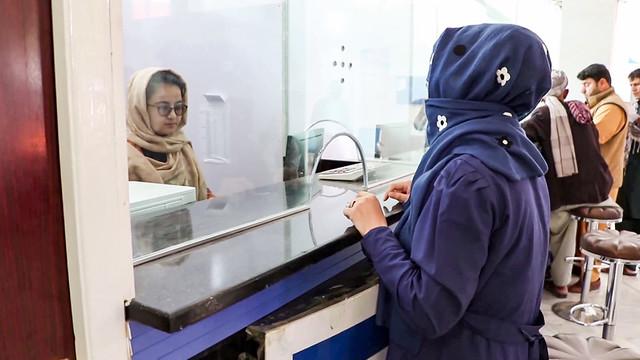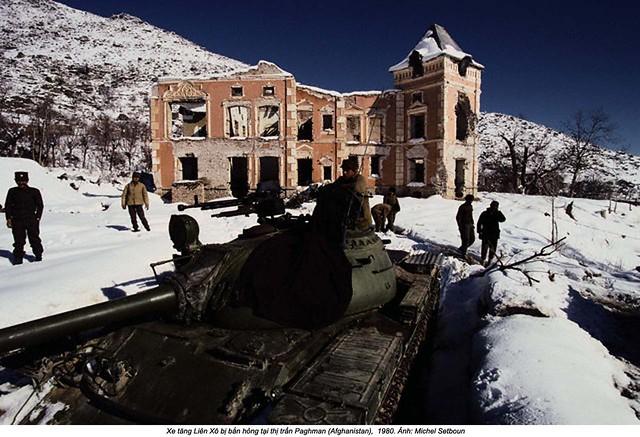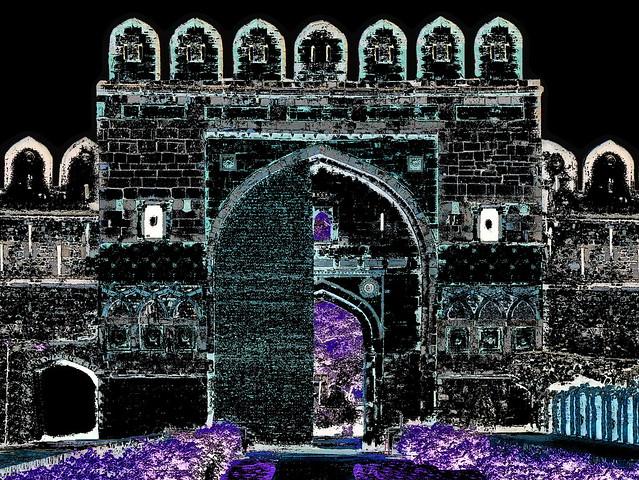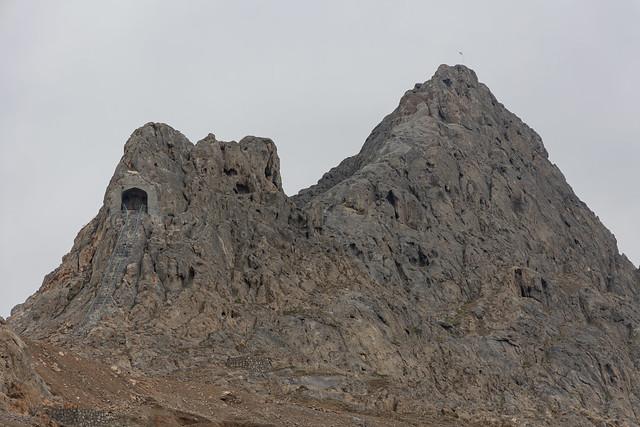
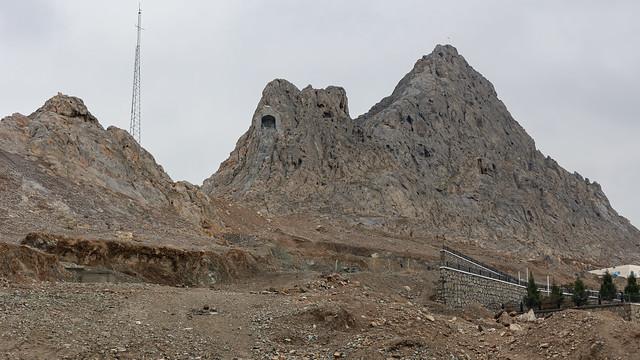
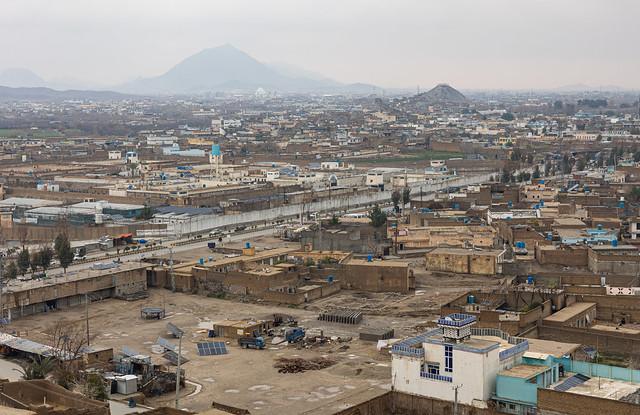
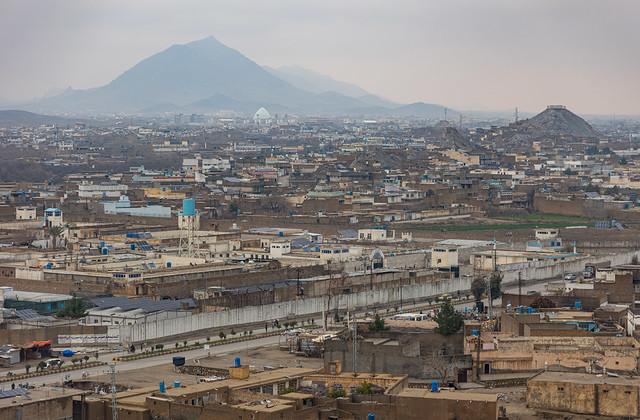
Kandahār
Overview
Kandahār: A City of Resilience and Heritage
Nestled in the southern part of Afghanistan, Kandahār is a city steeped in history and culture. Known as the birthplace of the Taliban and a critical site during various historical conflicts, it has emerged as a symbol of resilience. The atmosphere in Kandahār is a mix of traditional Afghan hospitality and the complexities of modern challenges. Visitors will find the city’s landscape dotted with mud-brick houses, bustling bazaars, and significant historical sites that echo its rich past. Despite its turbulent history, the spirit of the people is warm and welcoming, offering a glimpse into the heart of Afghan culture.
Cultural Tapestry
Kandahār is a melting pot of ethnicities, with Pashtuns, Tajiks, and Hazaras contributing to a vibrant cultural tapestry. The local customs and traditions are deeply rooted in Pashtunwali, the traditional code of conduct that emphasizes honor, hospitality, and community. The city is renowned for its music, poetry, and dance, with events often celebrating the Afghan New Year, known as Nawruz. Local artisans are skilled in crafts such as carpet weaving and pottery, with markets filled with colorful handicrafts that reflect the region's artistic legacy. Visitors should take the opportunity to engage with local artists and craftsmen to appreciate the depth of their talents.
Historical Significance
Kandahār has played a pivotal role throughout history, serving as a key trading hub on the Silk Road. It is believed to have been founded in the 4th century BC, and its strategic location has made it a focal point for numerous empires, including the Persian Empire and the Maurya Empire. One of the most notable historical sites is the Qandahar Citadel, also known as the Citadel of Alexander, which dates back to the time of Alexander the Great. The citadel's imposing structure offers panoramic views of the city and a glimpse into its ancient past. Additionally, the Shah-i-Cheragh Mosque and the Tomb of Ahmad Shah Durrani stand as testaments to the city’s Islamic heritage and its significance in the establishment of modern Afghanistan.
Local Characteristics and Attractions
The local markets of Kandahār, particularly the Kandahar Bazaar, are a must-visit for any traveler. Here, one can immerse themselves in the chaotic energy of commerce, where vendors sell everything from fresh produce to traditional spices and textiles. The aromas of saffron and cardamom fill the air, inviting visitors to explore the culinary delights of Afghan cuisine. Try local dishes such as kabuli pulao, a fragrant rice dish, or mantu, savory dumplings filled with meat and herbs.
Another captivating aspect of Kandahār is its natural beauty. The surrounding landscape features rugged mountains and fertile plains, creating a stunning backdrop for outdoor exploration. The nearby Arghandab River offers opportunities for fishing and picnicking, while the Spin Boldak area showcases the region's agricultural richness. For those interested in history, a visit to the ancient Buddhist stupas in the vicinity provides insight into the religious diversity that once flourished in this region.
Traveling to Kandahār can be a unique and rewarding experience. Engaging with the local community, learning about their stories, and exploring the vibrant culture can provide a rich understanding of Afghanistan beyond the headlines. While navigating this complex landscape, a respectful approach to local customs and an appreciation for the city's historical significance will enhance any traveler's journey through Kandahār.
Other towns or cities you may like in Afghanistan
Explore other cities that share similar charm and attractions.



